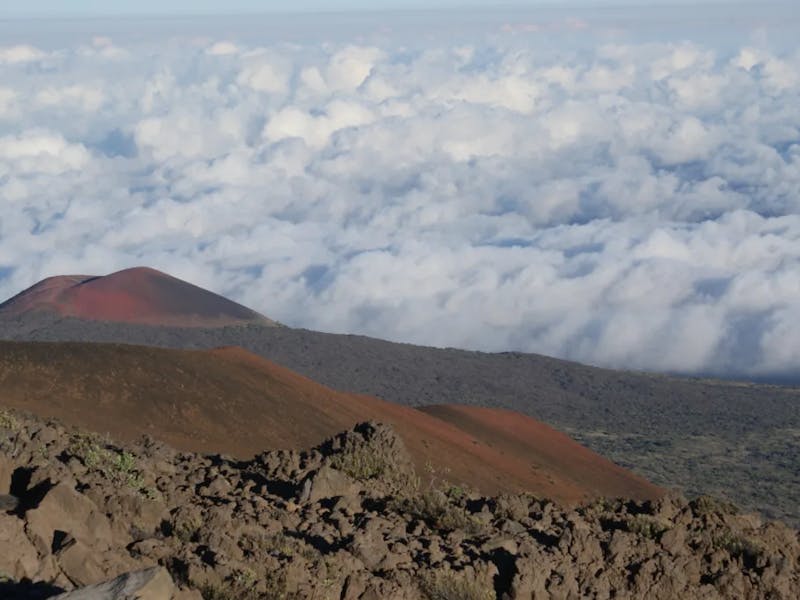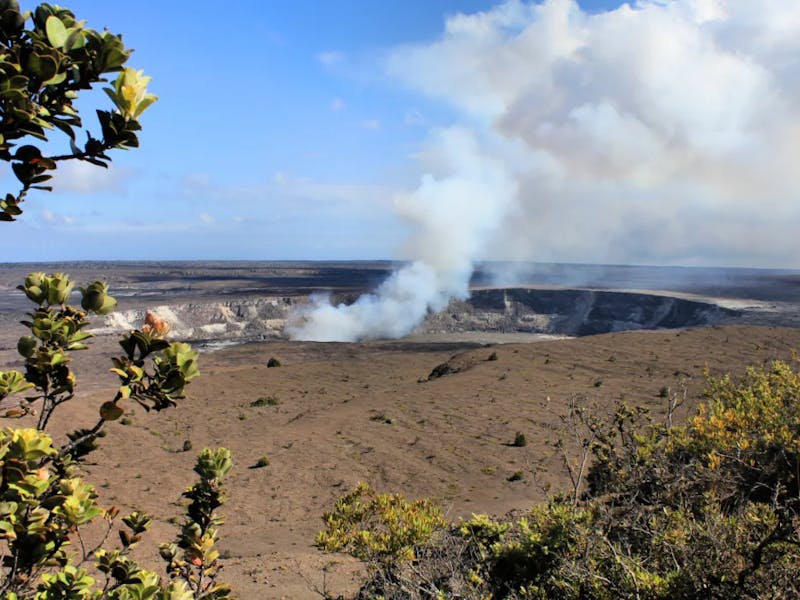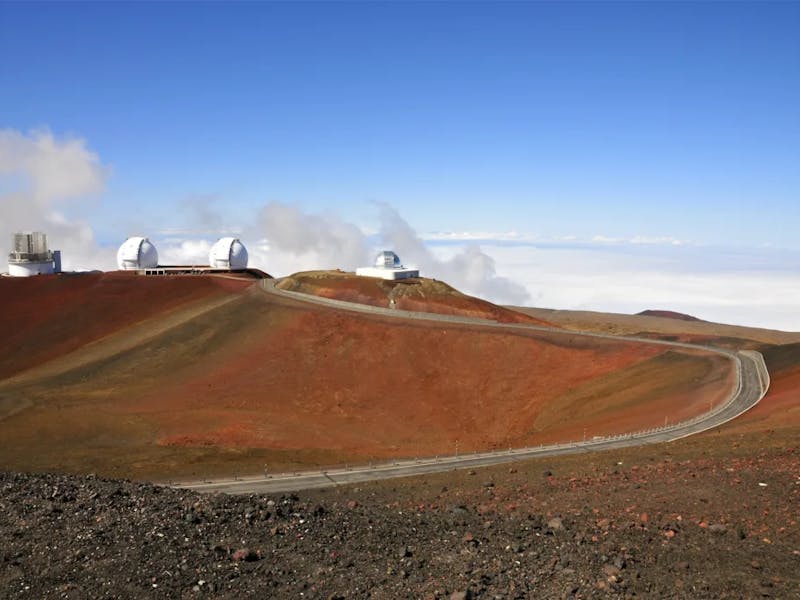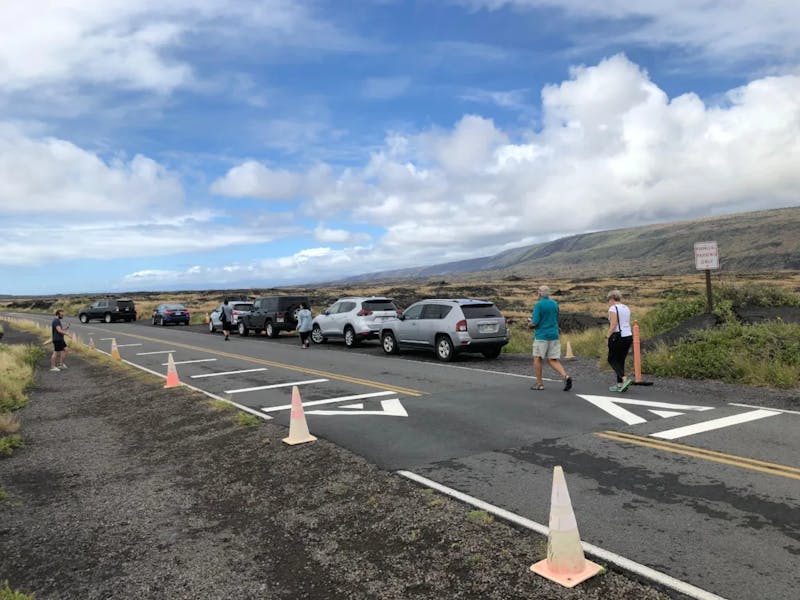Hawaii Volcanoes National Park Facts That Will Blow Your Mind

A Living, Breathing Earth: What Makes This Park So Unique
Hawai‘i Volcanoes National Park isn’t just a tourist stop—it’s one of the few places on the planet where you can witness Earth forming in real time. Located on the southeastern side of the Big Island, this UNESCO World Heritage Site protects some of the world’s most active volcanoes, including Kīlauea and Mauna Loa. Here’s what you need to know before your visit.

The Two Star Volcanoes: Kīlauea and Mauna Loa
Kīlauea might be the most famous, but Mauna Loa is no slouch. Kīlauea erupted almost continuously from 1983 to 2018 and remains one of the most studied volcanoes on Earth. Mauna Loa, the largest volcano on the planet by volume, last erupted in 2022. It’s so massive it actually depresses the ocean floor.
What’s more, these aren’t dormant giants. Eruptions can and do happen, and visitors are often drawn to the surreal experience of seeing molten lava firsthand. That said, the lava isn’t always flowing—so it’s smart to check conditions in real time on the National Park Service site.
It’s a Big Island—And a Big Park
The park stretches over 335,000 acres, covering everything from lush rainforests to barren lava deserts. It’s not a quick roadside stop; it demands time, walking shoes, and some flexibility. Don’t rush it. If you can, stay nearby for at least a full day to explore the different zones.

Halema‘uma‘u Crater: A Constantly Changing Marvel
This massive crater at the summit of Kīlauea has long held cultural significance. Hawaiians believe it to be the home of Pele, the goddess of volcanoes. Over the years, its depth and activity have changed dramatically, especially following the 2018 collapse. When lava is active, Halema‘uma‘u glows brilliantly at night.
Chain of Craters Road: A Drive Through Geological Time
This scenic drive winds 18 miles through old lava flows, crater fields, and eventually ends at the coast where lava once poured into the sea. Don’t miss the Pu‘u Loa Petroglyphs and the dramatic Holei Sea Arch. Parts of this road are often cut off due to lava activity, so check road conditions ahead of time.

You Can Hike Into a Crater
One of the most popular hikes is the Kīlauea Iki Trail. It drops into a solidified lava lake from the 1959 eruption, where you’ll literally walk across what used to be a bubbling cauldron. The four-mile loop also takes you through lush rainforest, making it one of the most diverse short hikes in the state.

Wildlife You Won’t See Anywhere Else
Because of its isolation and range of habitats, the park is home to native species you can’t find anywhere else. Keep an eye out for the nēnē (Hawaiian goose), the endangered hoary bat, and rare ferns that grow only on cooled lava fields. But stay on trails—this is fragile terrain.

Volcano Monitoring: Science at Work
The Hawaiian Volcano Observatory sits within the park and keeps tabs on volcanic activity using seismic sensors, gas monitoring, and satellite imagery. It’s one of the most advanced volcano monitoring systems in the world. Their data not only protects locals and visitors but also helps scientists understand volcanic behavior globally.
It’s Sacred Ground
The entire park is rich with cultural significance. Ancient trails, heiau (temples), and legends are woven throughout. This isn’t just a geological marvel—it’s a deeply spiritual place. Visitors are encouraged to respect cultural sites and approach the land with reverence.
Weather: Expect Everything
Temperatures vary wildly across the park. It can be hot and humid down by the ocean and chilly at higher elevations. Rain is frequent, especially in the rainforest areas, so come prepared with layers, rain gear, and sturdy shoes.

When to Visit and Lava Viewing Tips
The park is open 24/7, but the best time to visit is early morning or late afternoon to beat crowds and catch better light for photography. If lava is flowing, you might see it from designated overlooks or take a guided tour to safer viewing spots. Never try to hike to lava on your own—conditions change fast and can be deadly.
Don’t Miss the Visitor Center
The Kīlauea Visitor Center is your best first stop. Rangers offer up-to-date info, and you can check out exhibits that explain the park’s unique features. Pick up trail maps, watch short films, and get oriented before heading out.
Stay Nearby or Camp Inside
There are two campgrounds in the park: Namakanipaio and Kulanaokuaiki. If roughing it isn’t your thing, look for lodging in Volcano Village, just minutes away from the park entrance. It’s a quiet, artsy town with cozy B&Bs, perfect for travelers looking to decompress.

Park Fees and Pass Options
Currently, a private vehicle pass costs $30 and is valid for seven days, with parking being free but there are only 38 total spaces. If you’re planning to visit multiple national parks during your trip, consider purchasing the America the Beautiful Pass. It could save you money, especially if you’re also visiting places like Haleakalā on Maui. Be sure to park legally and responsibly.
It Keeps Changing
Perhaps the most fascinating fact of all: is never the same twice. New land is constantly being formed, trails change, roads shift, and views evolve. It’s one of the few places in the world where you can feel the Earth breathing beneath your feet.
Whether you’re a first-time visitor to the Big Island or returning for a deeper experience, this park delivers something unforgettable every time.
If you’d like help planning a visit to Hawaii Volcanoes National Park or need suggestions for a full Big Island itinerary, we’re here to help you make it unforgettable. Reach out to us and let’s build the perfect adventure.